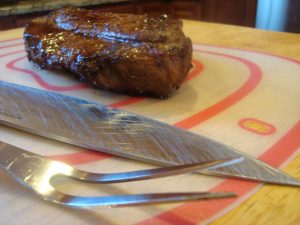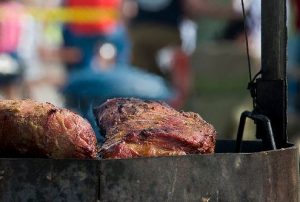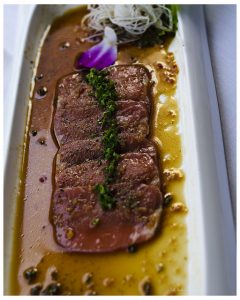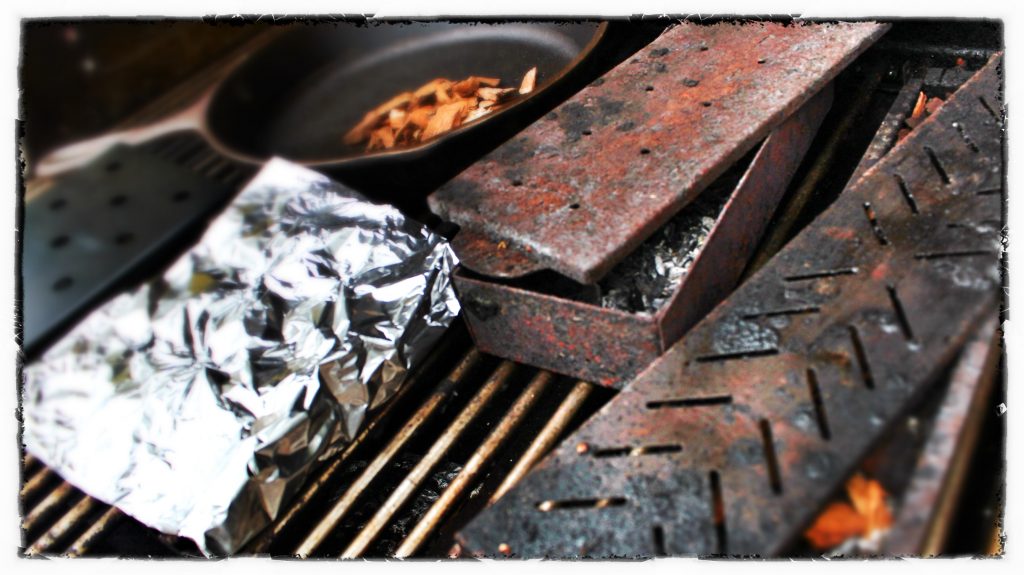Knives: Types, Safety, and Care
 By Jodi L Level
By Jodi L Level
We all know it’s hard to buy knives; there are so many different lengths, materials, handles, and sets. What do I choose! Well here is a list of the different types of knives and their uses to choose from.
Paring Knife – It’s used for many small multipurpose jobs such as topping and tailing vegetables, removing skins from onions and preparing small fruits.
Turning Knife – This one has a very small curved blade used to turn vegetables for presentation.
Filleting Knife – It has a medium length blade that is thin and flexible so it can bend while cutting along the bone of fish.
Boning Knife – This one has a short to medium blade, that’s strong and has ridges, and is used to cut away the meat from the bone.
General Chef’s Knife – It has many different uses such as slicing, dicing, shredding, and chopping. It is used on fruits, vegetables, meat, and poultry.
Palette Knife – Blunt but flexible it’s used to flip things over while they’re cooking, pick things up from the pan and transfer them to the plate, and spreading butter or cream on things.
Carving Knife – It’s long and a thin blade should be sharp, and is used to cut meat.
Serrated Knife – Designed to cut certain things such as bread or vegetables with firm skins; it assists in the sawing motion that is used to cut these items.
Safety first!
Now that you know about all the different types of knives, you need to know how to be safe with them, right?! Here are some basic safety tips for using your knives:
- Always place a knife on the bench to give to another person, rather that pass it by hand to the person.
- Never hold knives in the air or hold them with fingers overlapping the cutting zone.
- Don’t use the knife as a screwdriver or can opener.
- Don’t wave a knife around, point with it or turn around with it in your hand. Place on the bench and then turn to talk to others.
- Never transport food on the blade of a knife.
- Never leave knives in sinks or under items. Blades are hazards when not in a visual range.
- Always keep the knives separate and individually contained, wrapped or held with the point of the knives secured, this includes in your toolbox or even in the picnic basket. Never hide knives under anything.
Keeping your knives the sharpest
Last but not least, making sure you have sharp knives is very important. If they are dull, you have to apply more pressure to slice through things, which creates a higher risk of the knife slipping, and cutting you.
Storage – Don’t put your knives in a loose draw with other knives or utensils, because they rub against everything else, damaging the blade.
The best way to store them is to put them in a knife roll, or a wood block, which has individual compartments for each knife, making sure they don’t touch each other. But if you’re using a wood block, make sure the knives don’t rub against the wood sides when you’re taking them out, or putting them in. Another way to store them is on the wall, with a magnetic strip.
Cutting Boards – Never cut things on extremely hard surfaces such as glass, ceramic plates, and granite counters, as they can dull your knives. Instead, use bamboo and wood boards, because these are much softer materials.
Dishwasher – Don’t wash your knives in the dishwasher, because it can also dull the blade. Instead wash them by hand in the sink, and place in a plastic drying rack, not touching one another. If you do wash them in the dishwasher, make sure the knife is in a plastic silverware divider.
NEVER use your knives for opening cans, unscrewing rivets, or opening packages, as all these will damage the blade.
http://www.cookwareneeds.com is the place to go to find the knives you need and any cookware you might want. Make sure to check out the website each month for a new special offer.
Article Source: http://EzineArticles.com/?expert=Jodi_L_Level
http://EzineArticles.com/?Knives:-Types,-Safety,-and-Care&id=7891510









